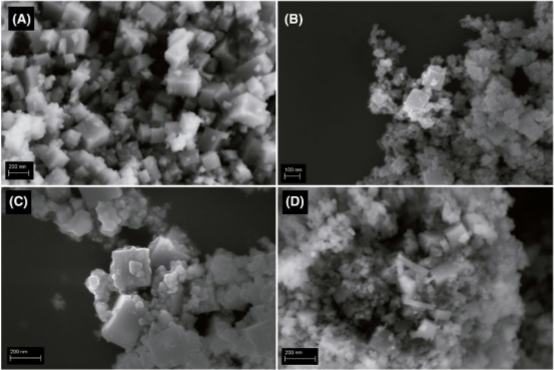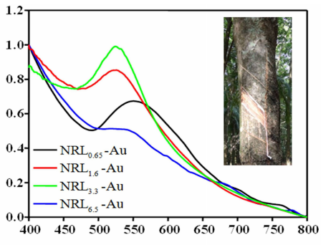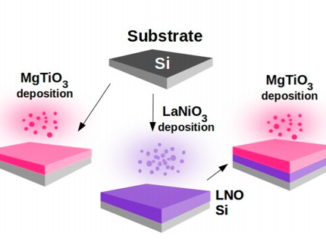
Photoluminescent and antimicrobial properties of silver-doped indium hydroxide synthesized by one-step microwave-assisted hydrothermal method
Abstract: Silver-doped indium hydroxide In(1-x)(OH)(3):Ag-x (with x = 0, 1, 2, 4, and 8 mol %) of Ag nanoparticles were synthesized by the microwave-assisted hydrothermal (MAH) method at 140 degrees C for 30 minutes. These nanoparticles were characterized by X-ray diffraction (XRD), fourier transformed infrared (FT-IR) spectroscopy, and optical diffuse reflectance. Photoluminescence (PL) spectra were acquired with a 350 nm beam of a krypton ion laser as an excitation source. The antibacterial activities of the samples were evaluated against gram negative Escherichia coli bacteria and gram positive Staphylococcus aureus bacteria using the disc diffusion method. The results showed that all diffraction peaks present in XRD patterns could be indexed to the cubic lattice related to the In(OH)(3) phase. Broadband photoluminescence behavior in visible range spectra was observed for all samples with a maximum peak centered in the blue and green regions. The antibacterial activities showed that In(1-x)(OH)(3):Ag-x nanoparticles have a promising bactericide that can be used for deactivating microbes.
Author(s): Neto, NFA; Tavares, MTS; Ferreira, EAC; Sales, AIL; Lima, LFA; Longo, E; Bomio, MRD; Motta, FV
INTERNATIONAL JOURNAL OF APPLIED CERAMIC TECHNOLOGY
Volume: 16 Pages: 471-480 Published: MAR-APR 2019
DOI: 10.1111/ijac.13127




